-
Flexible Transparent Electrode Nabil
STRIVING FOR ZERO OHM
About Nabil
Transparent, conductive, and highly flexible electrode produced with polymer and metal
Structure
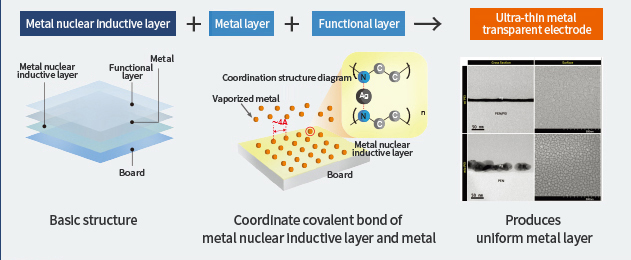 Nabil is the world’s first hybrid type of transparent electrode produced with polymer and metal. It attained a visible-range transmittance of 88% and a sheet resistance of 10Ω/sq. These features arise from a surface modification of the plastic substrates using an amine-containing non-conjugated polyelectrolyte, which provides ideal metal-nucleation sites with a surface-density on the atomic scale, in combination with the successive deposition of a facile anti-reflective coating using a conducting polymer.
Nabil is the world’s first hybrid type of transparent electrode produced with polymer and metal. It attained a visible-range transmittance of 88% and a sheet resistance of 10Ω/sq. These features arise from a surface modification of the plastic substrates using an amine-containing non-conjugated polyelectrolyte, which provides ideal metal-nucleation sites with a surface-density on the atomic scale, in combination with the successive deposition of a facile anti-reflective coating using a conducting polymer. The common plastic substrate is PET, which is used for everyday supplies, for example, beverage bottles. Other types of substrates such as COP, TAC, and PC are also available upon customer request. On a thin film of a substrate, a polymer is coated first, and then metal layers are sputtered. Diverse protective / functional layers are coated on top.
The common plastic substrate is PET, which is used for everyday supplies, for example, beverage bottles. Other types of substrates such as COP, TAC, and PC are also available upon customer request. On a thin film of a substrate, a polymer is coated first, and then metal layers are sputtered. Diverse protective / functional layers are coated on top.Applications
Our daily lives are now surrounded by many different electronic devices. To make them operate properly, electric power should be supplied.
From the power point to each device, and finally to every single small part of the device, we need a variety of methods to convey electricity.
Especially, for electronic applications that require transparency such as display and lighting, the transparent electrode is a crucial component.
This is where Nabil is applied to.
Touch Screen Panel
Touch Screen Panel is a pointing device that we can easily encounter from a cellphone, ATM machine, POS system in café, and KIOSK that guides you in a shopping complex. By touching the screen with fingertips or stylus pen, we maneuver the devices as intended.
Depending on the applied technology, the Touch Screen Panel is categorized into Resistive type, Infrared type, Capacitive type, and etc. The type that definitely requires Nabil is the Projected Capacitive type. A very low resistance of the electrode is essential for this technology in order to sense the tiny change of electronic current when a fingertip touches the screen. Nabil’s electronic property of low sheet-resistance under 10 Ω/sq is perfect for this application.
OLED Lighting
OLED lighting is a nanoscale thin film device consisted of organic semiconducting material that emits light. It is a technology that can create large "area" lighting panels, in contrast to conventional LEDs and fluorescent bulbs that are point or line lighting. OLED lighting can be used to create flexible and transparent panels by using a flexible transparent electrode such as Nabil. It emits beautiful soft diffused light which is the closest light source to natural light without harmful blue light. Nabil is at the edge of advanced technology that leads future environment of furniture and lightings.
Smart Window
Smart Window changes its color or transparency according to its surroundings. There are two types of change: passive and active. Photochromic and thermochromic types are passive. Nabil is applied to the active type that changes the window’s property in response to an electrical impulse. PDLC (Polymer Dispersed Liquid Crystal) is translucent when inactive, while the liquid crystals are randomly arranged, scattering the light when it permeates the window. However, when a voltage is applied, an electrical field is created between the two electrodes (Nabil), which makes the liquid crystals to align, letting light to pass through and essentially turning the screen transparent.
Another technology of active type, EC (Electrochromic) is slightly more complicated. It involves lithium ions (positively charged lithium atoms—with missing electrons) that migrate back and forth between the two electrodes (Nabil) through the separator. Normally, when the window is clear, the lithium ions reside in the innermost electrode. When a small voltage is applied to the electrodes, the ions migrate through the separator to the outermost electrode. When they "soak" into that layer (which is made of a chemical compound similar to polycrystalline tungsten oxide, WO3), they allow it to reflect light, effectively turning it opaque.
Heat Shield Film
Silver (Ag), the metal that is used to make NABIL®, is very effective in reflecting far-infrared radiation. MSWAY applied the physical characteristic to make a functional film that cuts the heat from a thermal source. As the film would be used at the very outer surface of thermal sources such as Micro LED TV or 8K displays, it should meet the tough optical requirements of Anti-Fingerprint and Anti-Reflection treatment. NABIL® achieved the world-best level of Ultra-Low Reflection by 0.22% surface reflection.
The test result shows the outstanding reflectance of far-infrared radiation compared to Silver Nanowire that uses the same metal (silver) and ITO
Thermal image camera shows MSWAYS’s film cuts the heat from the thermal source.
| Film Maker | Surface Reflectance(550nm, %) |
|---|---|
| Japan P Company | 1.05 |
| Japan T Company | 0.44 |
| Japan D Company | 0.25 |
| MSWAY | 0.22 |
Much lower surface reflectance of NABIL® compared to prominent anti-reflection film-makers
Black mirror images show only a couple of highlight dots are on MSWAY’s film, which means it reflects very little.
Specifications of NABIL
| Property | Test Method | Unit | Spec. | ||
|---|---|---|---|---|---|
| Transmittance | 550nm | Transmittance mode NDK, SD-4000 | SCI, D65 | % | ≥ 90 |
| 400-700nm | ≥ 90 | ||||
| Sheet Resistance | Four-point probe measurement | Ω/ㅁ | ≤ 10 | ||
| Haze | Haze meter, NDH 7000 | % | ≤ 1 | ||
| Surfface Reflectance | 550nm | Reflectance mode NDK, SD-4000 | SCI, D65 | % | ≤ 0.22 |
| Chrominance | a* | Reflectance mode NDK, SD-4000 | SCI, D65 | - | -1 ≤ a* ≤ 1 |
| b* | - | -1 ≤ b* ≤ 1 | |||
| Pencil Hardness | KS M ISO 15184 ASTM D3360, 500g | - | ≥ 2H | ||
| Abrasion Resistance | Steel Wool #0000, 200g | - | ΔHaze ≤ 5% | ||
| Adhesion | ASTM D3359, Cross-cut test | - | 5B | ||
| Stability | Temperature 85℃, Humidity 85%, 168hr | - | ΔT,R ≤ 5% | ||
| Flexibility | Number of bends : more than 2x105, Bending radius 0.5mm | - | ΔR ≤ 5% | ||
T : Transmittance / R : Resistance
Patents
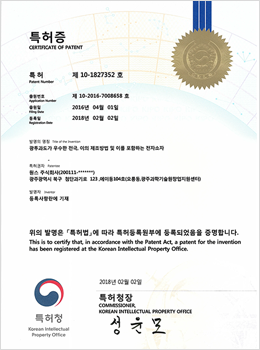
Korea
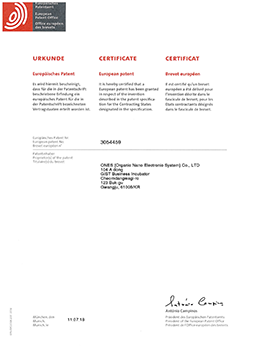
EU
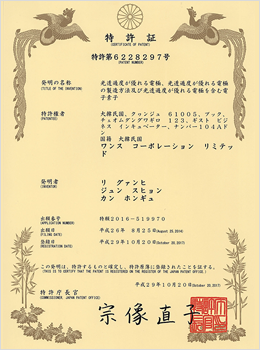
Japan
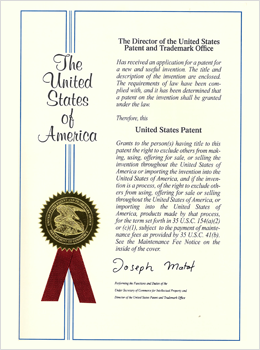
USA
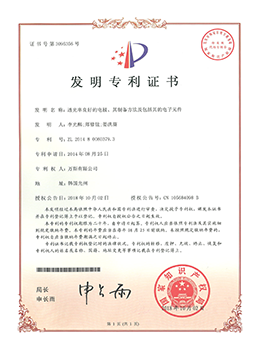
China

Korea

EU

Japan

USA

Chaina
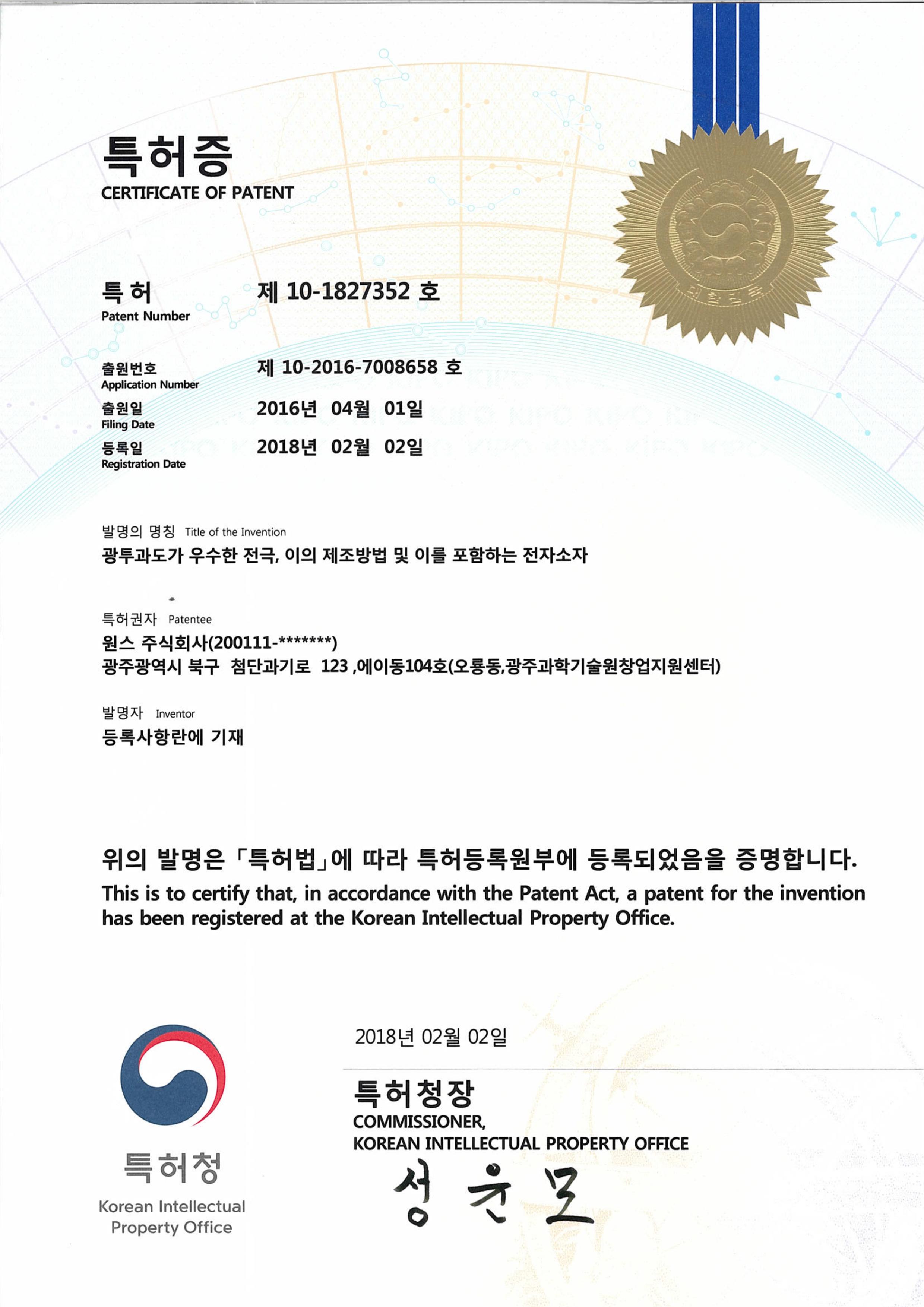
Brand Name
1 Translated by Jaihiun Kim (Modern Korean Poetry, Fremont CA 1994, p.138)
[ Product inquiry & Quote ]
Email: nabil@imsway.com Phone: +82-2-542-8181